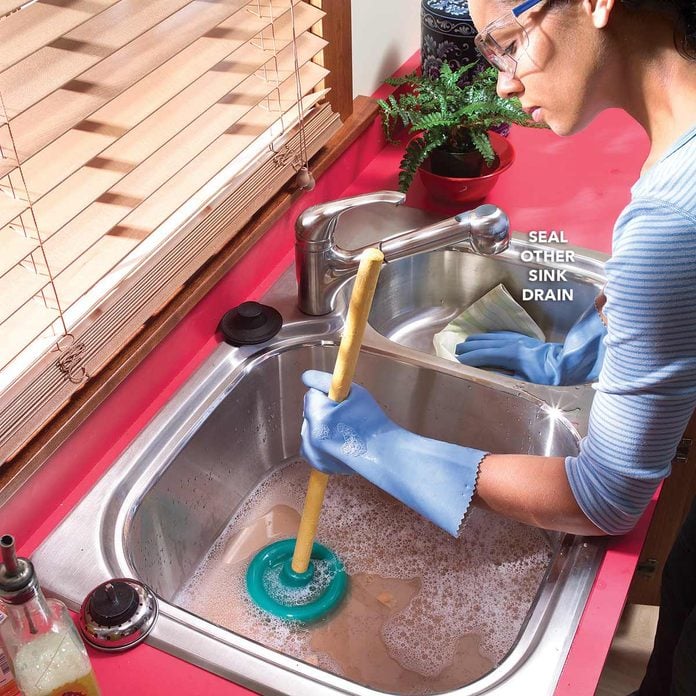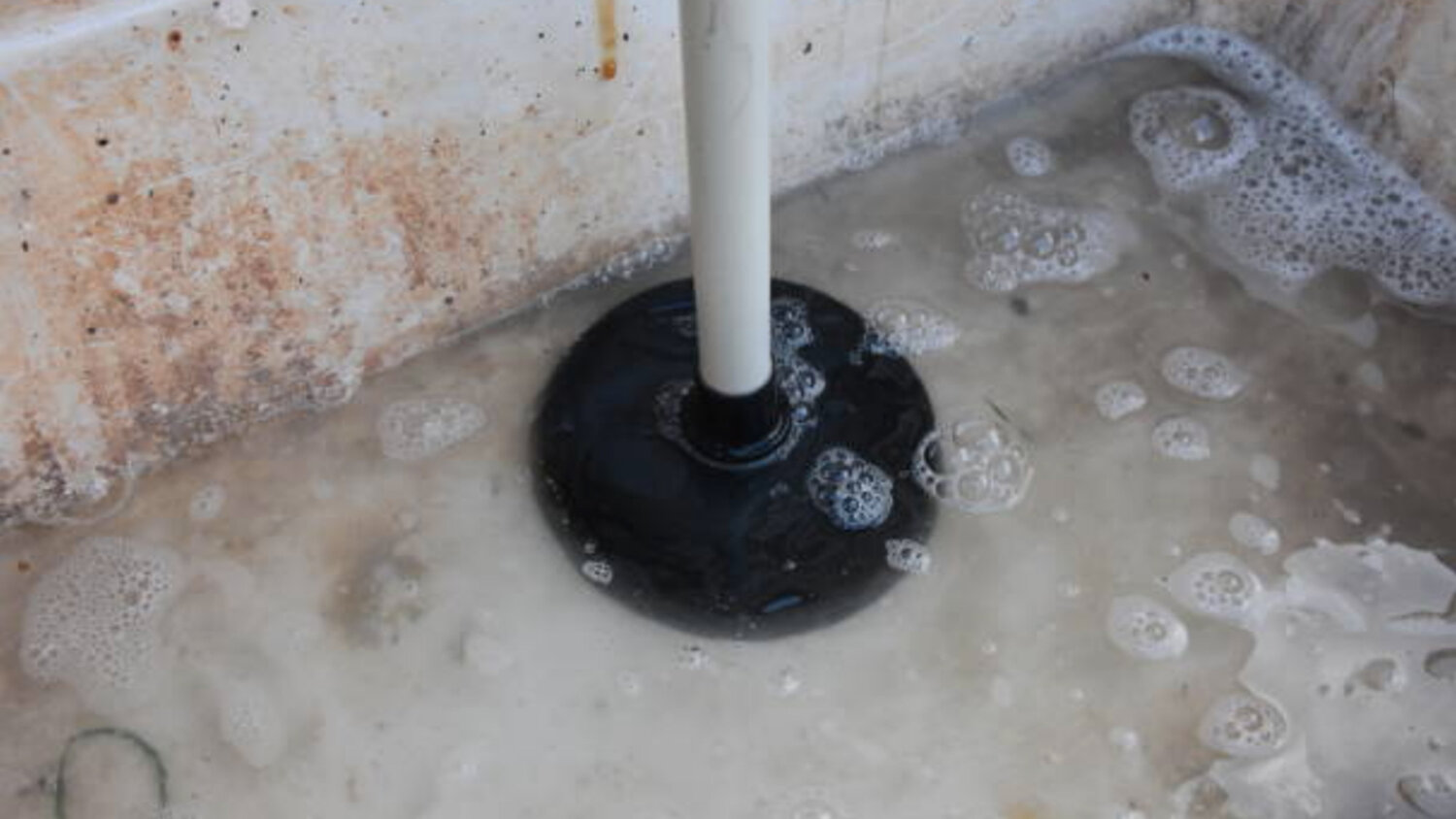Discover Plunger and Drain Cleaner: Top Practices
Discover Plunger and Drain Cleaner: Top Practices
Blog Article
The article further down relating to How to Use a Plunger to Unclog a Toilet or Drain is quite compelling. Don't miss it.

Introduction
Proper maintenance of household drains pipes is crucial for protecting against obstructions and making sure smooth water flow. One of the trick devices in every property owner's toolkit is the bettor, along with different drainpipe cleansers designed to take on stubborn clogs successfully. This short article discovers exactly how to make use of plungers and drainpipe cleaners successfully to keep your drains moving freely.
Area 1: Recognizing Plungers
Kinds of Plungers
There are numerous types of plungers readily available, each designed for different kinds of drains pipes and obstructs. The most typical kinds consist of mug plungers, flange plungers, and accordion plungers.
Just How Plungers Work
Bettors work with the concept of developing pressure and suction to dislodge blockages. When effectively applied over a drain, they develop a vacuum that can take out debris or break up blockages.
Choosing the Right Plunger
Picking the appropriate bettor depends upon the kind of drain and the nature of the obstruction. Mug plungers are perfect for sinks and tubs, while flange bettors are better matched for bathrooms because of their layout.
Typical Mistakes with Bettors
Preventing these blunders makes sure effective plunging: inappropriate seal around the drain, not enough force, and not clearing bordering debris.
Area 2: Making Use Of Plungers Successfully
Prep work
Before plunging, make certain the plunger covers the drain totally and creates a tight seal. Clear any noticeable particles around the drainpipe opening.
Technique
Start with gentle plunging movements to construct suction. Rise stress progressively, using a stable rhythm. Repeat as necessary until the drainpipe removes.
Fixing Tips
If plunging does not function, attempt changing the seal, using petroleum jelly for a much better seal, or making use of a various kind of bettor.
Area 3: Understanding Drain Cleaners
Types of Drainpipe Cleansers
Drain cleansers can be chemical or chemical. Chemical cleaners make use of solid chemicals to dissolve obstructions, while enzymatic cleaners use all-natural enzymes to break down organic matter.
How Drainpipe Cleaners Job
Chemical cleaners react with obstructions to dissolve them, while chemical cleaners break down natural materials like hair and oil without damaging pipes.
Safety and security Considerations
Always put on gloves and eye security when making use of chemical drainpipe cleaners. Make sure adequate ventilation and comply with maker guidelines thoroughly.
Eco-Friendly Alternatives
Think about making use of vinegar and cooking soft drink or enzyme-based cleansers for eco-friendly options that are safer for pipes and the environment.
Section 4: Using Drainpipe Cleaning Company Properly
Application Strategies
Put chemical cleaners directly right into the drainpipe opening. Enable them to work for the recommended time prior to flushing with hot water. Chemical cleaners should rest over night.
Preventative measures
Prevent mixing various types of cleansers, as this can create toxic fumes. Never ever use chemical cleansers along with a bettor, as splashing can take place.
Dealing With Persistent Clogs
For relentless clogs, think about using a pipes serpent or calling an expert plumbing technician to stop damages to pipelines.
Final thought
In conclusion, recognizing exactly how to utilize plungers and drainpipe cleaners successfully is crucial for keeping healthy pipes systems. By selecting the right devices and techniques, property owners can deal with minor clogs and avoid major plumbing concerns down the line.
How to Use a Plunger to Unclog a Drain
The humble plunger is a simple yet effective tool for breaking clogs in sinks, tubs and toilets. This handy tool is easy to use. You can make the most of its power if you understand how it works. Ready to dive in? Here’s what you need to know.
Safety First!
Never use a plunger with drain chemicals. Water will splash as you work, and the chemicals can spatter, burning skin and eyes. It’s a good idea to use rubber gloves and wear safety goggles when you work on a clog.
Choose the Right Tool for the Job
Plungers come in two different styles. Sinks, bathtubs and showers require a cup plunger. Like its name suggests, the rubber end is shaped like a cup. Use a flange plunger on toilets. These plungers have a rubber funnel extending from the cup. A plunger needs to be big enough to cover the drain.
Ready, Set, Plunge!
Coat the rim: Coat the plunger rim with petroleum jelly. This helps make a better seal.
Block outlets: Hold a wet rag over nearby outlets such as the overflow vent or the drain in a second sink.
Release air: Insert the plunger at an angle into the water. Water will displace air in the cup. A water-filled cup is more forceful than one filled with air.
Keep the plunger upright: Hold the plunger perpendicular to the drain. Use fast, forceful strokes, but make the first stroke gentle. The first stroke can create a splash if the cup still contains air. Thrust the plunger 15 to 20 times.
Snap off the plunger: The final stroke should be a strong upward motion that ends when the plunger snaps off the drain.
Repeat the process: you may need to repeat this sequence several times. When the water drains away, your work is done. High-five! https://plumbernw.com/blog/how-to-use-a-plunger-to-unclog-a-drain/

Application Strategies
Put chemical cleaners directly right into the drainpipe opening. Enable them to work for the recommended time prior to flushing with hot water. Chemical cleaners should rest over night.
Preventative measures
Prevent mixing various types of cleansers, as this can create toxic fumes. Never ever use chemical cleansers along with a bettor, as splashing can take place.
Dealing With Persistent Clogs
For relentless clogs, think about using a pipes serpent or calling an expert plumbing technician to stop damages to pipelines.
Final thought
In conclusion, recognizing exactly how to utilize plungers and drainpipe cleaners successfully is crucial for keeping healthy pipes systems. By selecting the right devices and techniques, property owners can deal with minor clogs and avoid major plumbing concerns down the line.
How to Use a Plunger to Unclog a Drain
The humble plunger is a simple yet effective tool for breaking clogs in sinks, tubs and toilets. This handy tool is easy to use. You can make the most of its power if you understand how it works. Ready to dive in? Here’s what you need to know.
Safety First!
Never use a plunger with drain chemicals. Water will splash as you work, and the chemicals can spatter, burning skin and eyes. It’s a good idea to use rubber gloves and wear safety goggles when you work on a clog.
Choose the Right Tool for the Job
Plungers come in two different styles. Sinks, bathtubs and showers require a cup plunger. Like its name suggests, the rubber end is shaped like a cup. Use a flange plunger on toilets. These plungers have a rubber funnel extending from the cup. A plunger needs to be big enough to cover the drain.
Ready, Set, Plunge!
Coat the rim: Coat the plunger rim with petroleum jelly. This helps make a better seal. Block outlets: Hold a wet rag over nearby outlets such as the overflow vent or the drain in a second sink. Release air: Insert the plunger at an angle into the water. Water will displace air in the cup. A water-filled cup is more forceful than one filled with air. Keep the plunger upright: Hold the plunger perpendicular to the drain. Use fast, forceful strokes, but make the first stroke gentle. The first stroke can create a splash if the cup still contains air. Thrust the plunger 15 to 20 times. Snap off the plunger: The final stroke should be a strong upward motion that ends when the plunger snaps off the drain. Repeat the process: you may need to repeat this sequence several times. When the water drains away, your work is done. High-five! https://plumbernw.com/blog/how-to-use-a-plunger-to-unclog-a-drain/

We hope you enjoyed our excerpt on Tips on How to Effectively Use a Plunger. Thanks so much for finding the time to browse our article. Do you know about somebody else who is interested in the niche? Be sure share it. We value reading our article about How to Unclog Your Sink with a Plunger.
Schedule Appointment Report this page